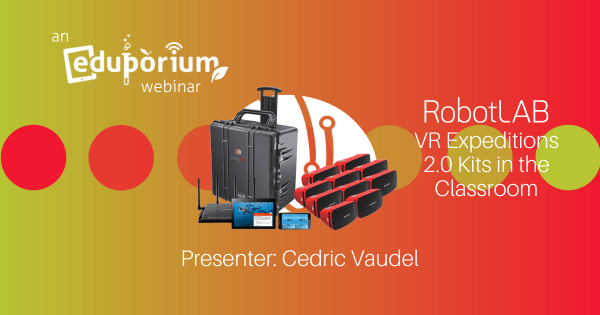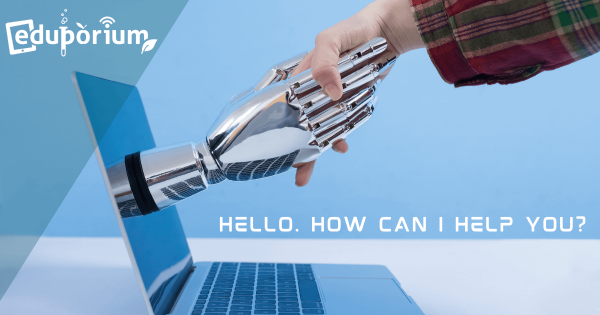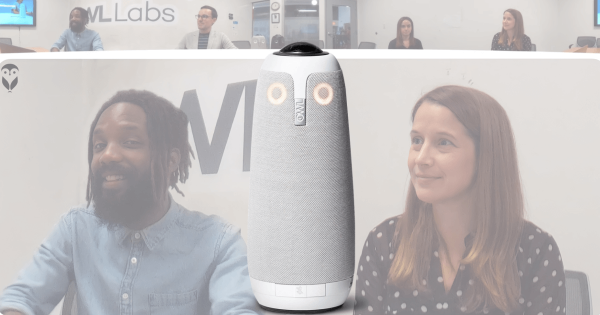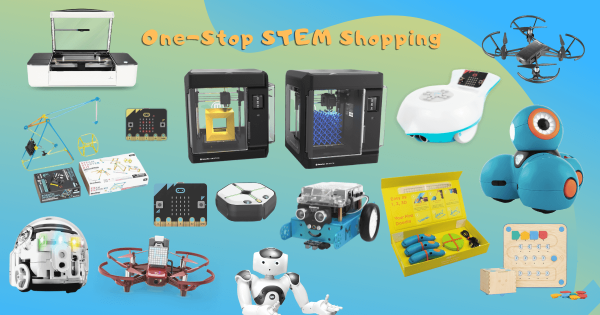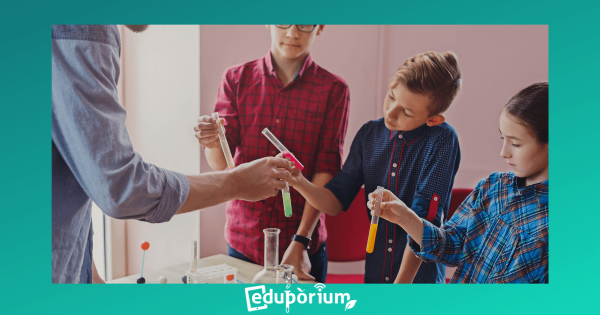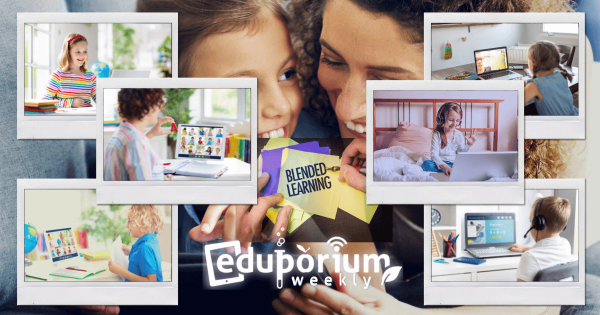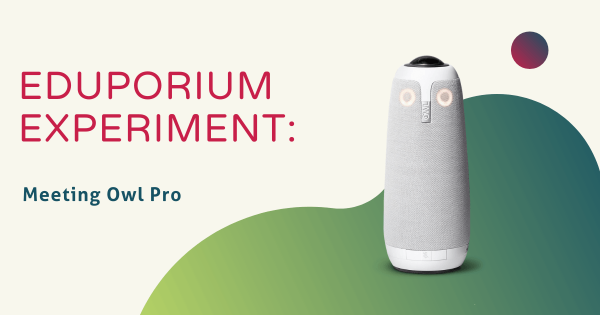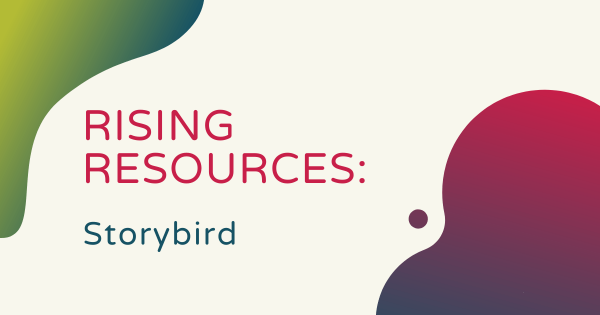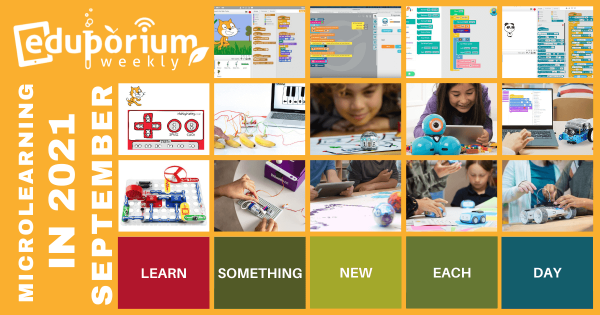In the webinar, we joined RobotLAB’s VP of Business Development, Cedric Vaudel, who guided the audience through a demo of using RobotLAB’s VR systems, content, and hardware. He began with explaining how their team utilized feedback from educators for designing this final product, including some very specific, education-focused upgrades. Watch the replay inside!
21st Century
In 21st century education, learning is evolving at a rapid pace. Whether it's in the classroom, library, or a makerspace, students need unique experiences to ensure readiness. At the same time, 21st century learning encompasses so many new areas. Students must develop a lot of key hard skills to have the best shot at future success. But, they also need the right mix of soft skills as well. For the best experiences, teachers often strive for active learning that helps students engage their heads, hearts, and hands. Using a perfect combination of pedagogical skills and useful STEM tools, they can help facilitate creative, inquiry-based, and meaningful experiences to better prepare students for the future. Here, you can find various thoughts on creating interactive learning experiences to increase preparedness. Plus, learn about some of the technologies that help drive inclusion and real-world collaboration for kids.
Our team aims to enlighten educators on the potential that exists within 21st century learning. Whether that's learning about new technologies or how to lead impactful experiences for students, we've made it our mission to share key information. In our eyes, 21st century learning does not necessarily have a specific blueprint. As long as students feel empowered to explore, create, and learn from mistakes, that is valuable in our opinion. In this section, you'll find posts on everything from teaching strategies to specific STEAM solutions. Whether it's utilizing blended learning, focusing a bit more on MakerEd, or even navigating the potential uses of virtual reality in instruction, there's truly a lot educators can do when afforded the opportunity. Scroll on through to find content on some of the most important and relevant topics in today's evolving world of education.
-
Meet The New Student, ChatGPT: Adapting To AI In Education
ChatGPT’s vast knowledge base and uniquely effective imitation of human writing styles make it a powerful tool for both educators and students. But, as a lot of students employ ChatGPT as a homework aid, some educators are wondering whether its disadvantages outweigh its uses. Let’s see what ChatGPT can—and can’t—offer to kids in 21st century education. -
Using The Owl Labs Meeting Owl 3 And Meeting HQ
The Owl Labs team originally developed their 360-degree cameras and the software for use outside education—typically for corporate settings. As the pandemic and remote and hybrid learning set in, however, this tech quickly helped to redefine how kids accessed instruction. Jump to today and their virtual meeting tools continue to positively impact student engagement. -
STEAM Activities For Students With Different Learning Styles
Today’s four most common learning styles include visual learning, auditory learning, kinesthetic learning, and, finally, reading and writing. Almost all of our students fall into one of these categories and, as you may guess, since it combines hands-on exploring with solving problems, kinesthetic learning is the one that’s most often associated with hands-on STEM education. -
Where To Buy STEM Tools For Innovative Learning
With real improvements to availability, value, reliability, and effectiveness in today’s STEM tools for students, it might be easy to make purchases from the first store you find. Over the years, however, we like to think that we’ve created a very unique shopping experience for teachers and want to make sure you’re aware of the benefits of buying EdTech tools -
Eduporium Weekly | The Factors Driving STEM Education Today
So many factors go into how education leaders ensure students are ready for the real world and, often, it involves STEM. Factors like technology, the economy, emerging careers, and the state of the workforce each continue to affect how teachers introduce students to STEM. And, as of now, there isn’t much indication that the elements fueling STEM education will slow. -
Blended Learning Benefits and Strategies for Teachers
Blended learning is an effective instructional strategy for teachers and students. Even more so since the onset of remote and hybrid learning, blended models have been both necessary and effective. Though it’s not as common as it used to be, it still happens in many schools and it’s highly effective for students who learn differently. -
Eduporium Experiment | The Meeting Owl Pro from Owl Labs
The Meeting Owl Pro packs plenty of versatility in its compact form. Though under 11 inches in height, it helps educators create enhanced inclusion, drive engagement, and ensure everyone’s voice is heard. It’s actually a three-in-one camera, microphone, and speaker that helps educators unlock active learning in any environment. -
Rising Resources | Storybird and Student Storytelling
An art-inspired platform, Storybird is designed to help students become better writers. One of the most important soft skills in today’s world, we know that communication is key in any future career. Since so much of today’s workforce requires a reliance on digital technologies, it’s easy to see why educators place such an emphasis on writing skills. -
Eduporium Weekly | Using Microlearning in 2021
Microlearning has emerged as a more widely talked about form of instruction. Though previously uncommon in K-12 education, this method has been used in other areas. By definition, microlearning consists of much shorter lessons filled with content that’s straight to the point with teachers working to eliminate any potential ‘filler’ content.




